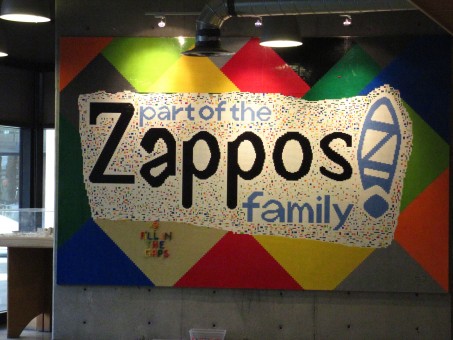
Amazon CEO, Jeff Bezos once famously said, “Your brand is what they say about you when you’ve left the room”; ‘they’ in which case can be your customers, your competitors, your stakeholders, and – an important but easily forgotten category – your employees.
In today’s competitive environment, nearly everyone understands the significance of a strong brand. With so many options in the market, consumer loyalty and retention is an ongoing concern for marketers that many a time is left to rely on the power of a brand. Consequently, to maintain their brands, companies spend millions of dollars on conducting market research, developing campaigns and rolling out marketing programs. While the process is effective, what most companies seem to overlook is a powerful, and economical, brand-building tool – their employees; in other words, “internal branding”.
In 2009, Starbucks had gained a lot of attention when it shut down each and every of its 7100 US stores for two hours to conduct a “partner” employee-training event. The coffee-giant mentioned that the event was a part of the company’s ongoing efforts to “renew its focus on customers”. The idea was such – the more the employees are aware of company policies and practices, the greater their sense of involvement, and the happier they are serving customers. This approach of truly making employees a part of the organization is what defines Internal Branding.

Internal Branding extends beyond the typical staff memos. It does not mean involving every employee in strategic decision-making; quite simply, internal branding relates to training, but it’s more than the “how” of what needs to be done. Internal branding is a shift in organization culture; of having a continuous process in place by which you ensure your employees understand the “who” and “why” behind your business proposition. It’s about empowering your employees, and getting them to be truly excited and proud of the brand they work for. By involving and informing employees about the bigger picture and how their role affects company success, internal branding is a great means to motivate and reward employees, which in turn leads to employee advocacy of the company and the brand!
Having employees be spokesperson for the brand has several benefits, such as:
- Hearing first-hand positive messages about the brand from employees makes the brand more human, and thus more trustworthy in the eyes of the consumer
- Involving employees also works for the company; as the senior level management gets to hear what they have to say, thus working as a focus group, which sometimes can help uncover valuable information (after all, it is your employees who are in constant touch with consumers)
- Wide-spread advocacy of the brand as employees speak to several stakeholders, ranging from suppliers to customers to vendors
Zappos.com is another great example of a company that supports Internal Branding. The employees of the online shoe company truly love the company they work for, possible greatly due to its internal branding efforts, with the CEO stating, “At Zappos, our belief is that if you get the culture right, most of the other stuff—like great customer service, or building a great long-term brand, or passionate employees and customers—will happen naturally on its own. We believe that your company’s culture and your company’s brand are really just two sides of the same coin. The brand may lag the culture at first, but eventually it will catch up. Your culture is your brand.”

While one cannot claim that a business cannot be successful without internal branding, internal branding definitely increases the chances of success and ensures satisfaction for all stakeholders involved.




